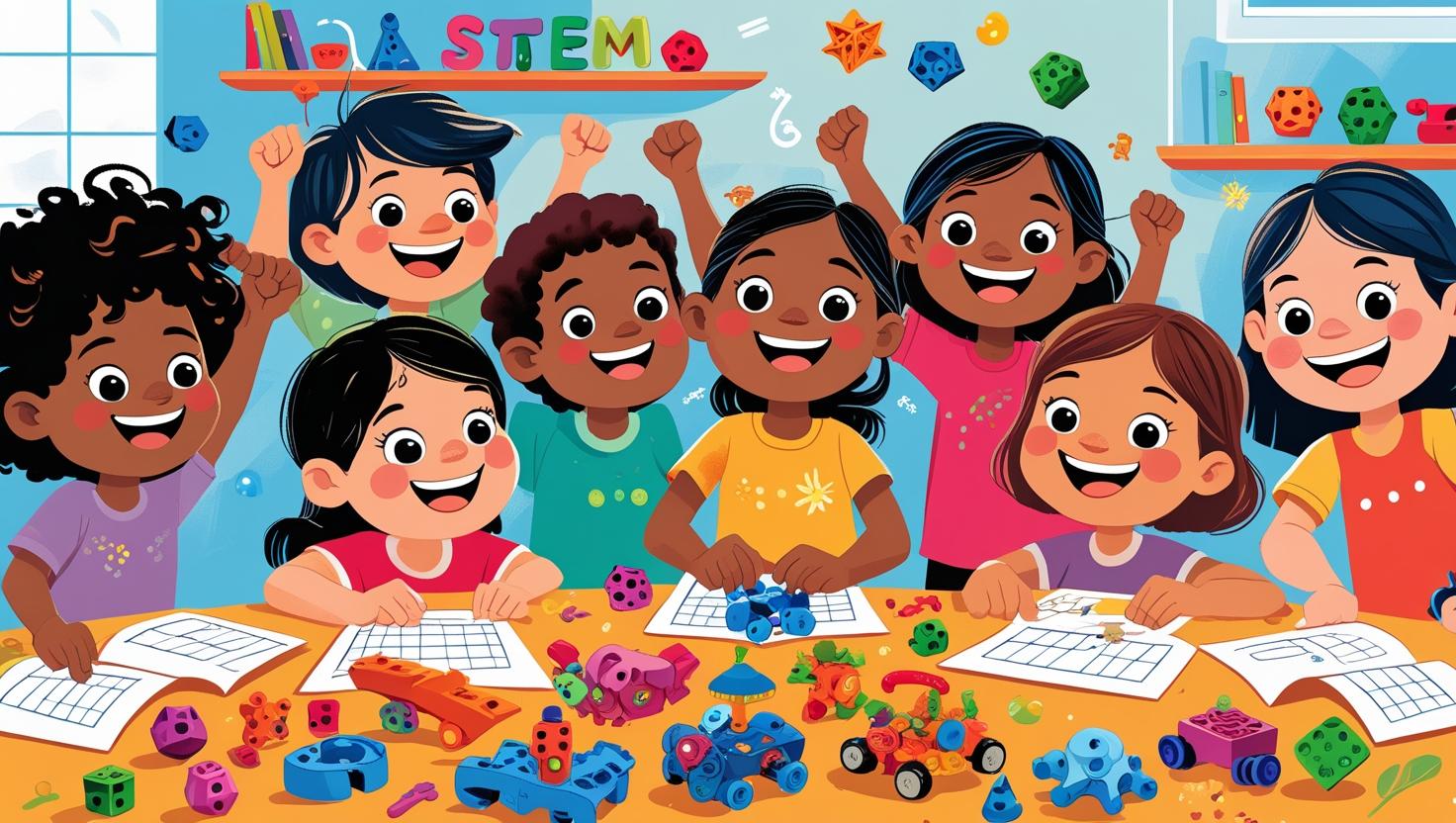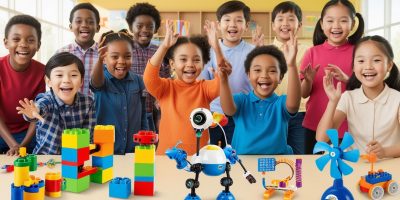You’ve probably heard the term “executive function” tossed around at parent-teacher conferences, in pediatric articles, or on parenting blogs. But what does it actually mean—and what does it have to do with your child’s toys?
Executive function is the brain’s “CEO.” It controls how we plan, focus, remember, manage time, and switch between tasks. And here’s the secret most parents don’t realize:
STEM toys are some of the best tools for building executive function—without your kids even noticing.
Let’s unpack why.
What Is Executive Function?
Executive function is a group of mental skills that help kids:
- Stay focused on a task
- Follow multi-step directions
- Manage impulses and emotions
- Plan ahead and organize
- Think flexibly and problem-solve
These skills are critical for school readiness, lifelong learning, and emotional self-regulation—and they don’t come fully developed. They build over time, with practice.
How STEM Toys Strengthen Executive Function
STEM toys aren’t just about science and robots. They’re full of hidden brain workouts that support executive skill-building. Here’s how:
1. Planning and Organization
Building a marble run or engineering a bridge with blocks requires planning:
What do I build first? Will it stand? What pieces do I need?
STEM kits and toys like LEGO, Snap Circuits, or magnetic tiles demand that kids visualize an outcome and take steps to get there—perfect training for project planning later in life.
2. Working Memory
To complete a coding task or follow an experiment, kids have to hold multiple steps in their mind. That’s working memory in action.
Toys that involve multi-step processes (like robot kits, puzzle-based logic games, or DIY STEM activities) help kids practice retaining and applying information in sequence.
3. Inhibition (Impulse Control)
STEM challenges often involve trial and error. You can’t rush through building a volcano or connecting a circuit. Kids have to slow down, test their ideas, and resist the urge to guess wildly.
This pause-and-think behavior strengthens impulse control—a key executive function skill.
4. Cognitive Flexibility
Not all ideas work the first time. With STEM play, kids learn to shift strategies when something fails. They adapt, troubleshoot, and try again—without giving up.
This flexibility is key for handling stress, academic change, and real-life problem solving.
5. Self-Monitoring and Focus
STEM tasks often require extended focus. Whether it’s balancing a tower or debugging code, kids naturally monitor their progress and adjust behavior without adult prompts.
Bonus? Because they’re having fun, they don’t realize how hard they’re working.
It’s Like a Workout—But for the Brain
We think of exercise as a way to strengthen muscles. STEM play is exercise for executive function. The more your child practices through engaging activities, the stronger their “brain muscles” get.
Our Favorite Executive Function-Friendly STEM Toys
Here are a few picks that offer great brain-building value:
- ThinkFun Gravity Maze – Encourages planning, sequencing, and troubleshooting
- KiwiCo Tinker Crates – DIY projects that involve following directions and adapting
- Botley the Coding Robot – Teaches early coding and cause-effect logic
- Magna-Tiles – Visual-spatial reasoning with an open-ended twist
- Rush Hour Puzzle Game – Builds flexible thinking and working memory
Final Thoughts
If your child struggles with focus, frustration, or following directions, STEM toys can help—and they’ll have a blast in the process.
No lectures, no worksheets, no stress. Just pure play that builds real-life thinking skills.
The best part? They don’t even know they’re learning. And sometimes, that’s the smartest way to grow.





